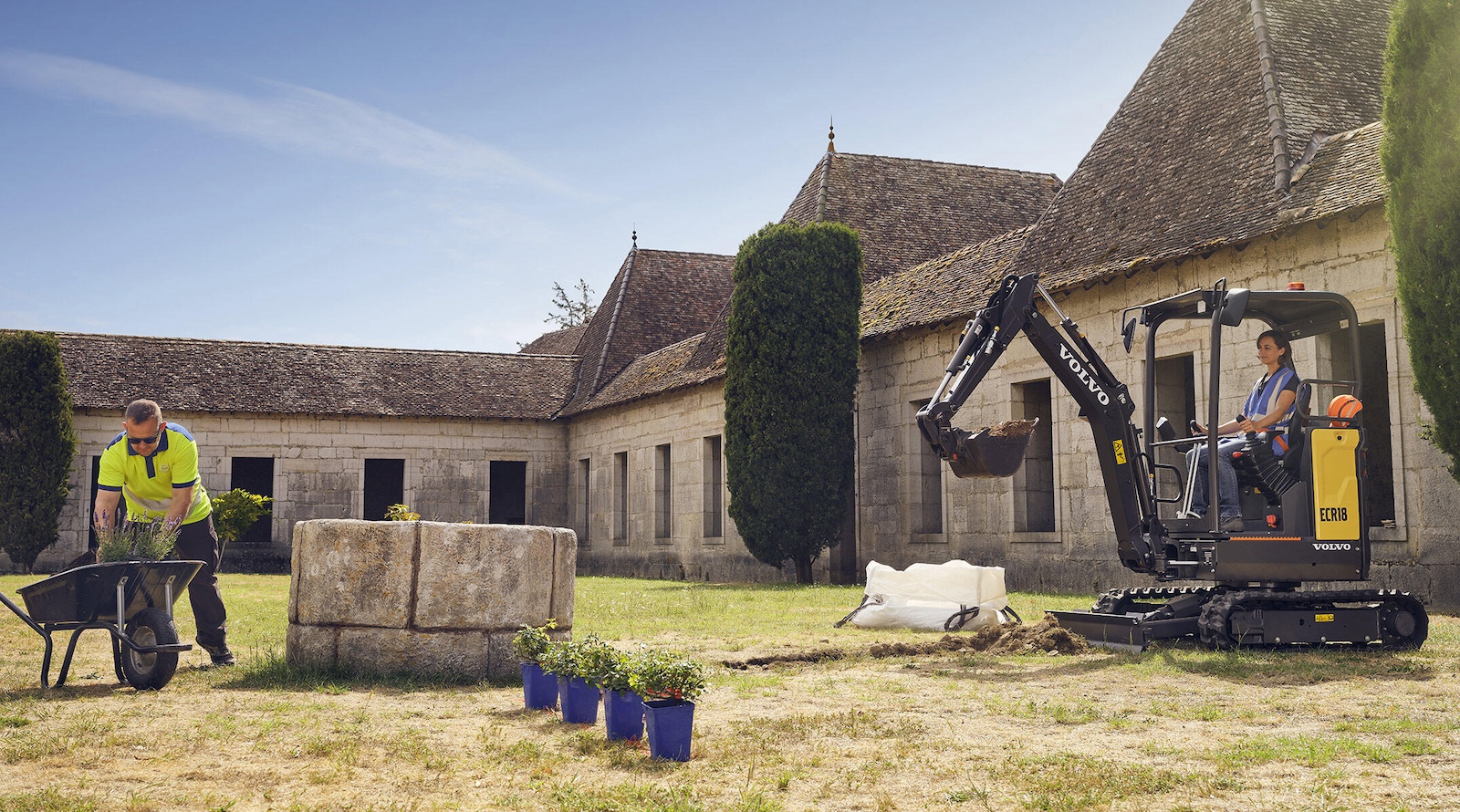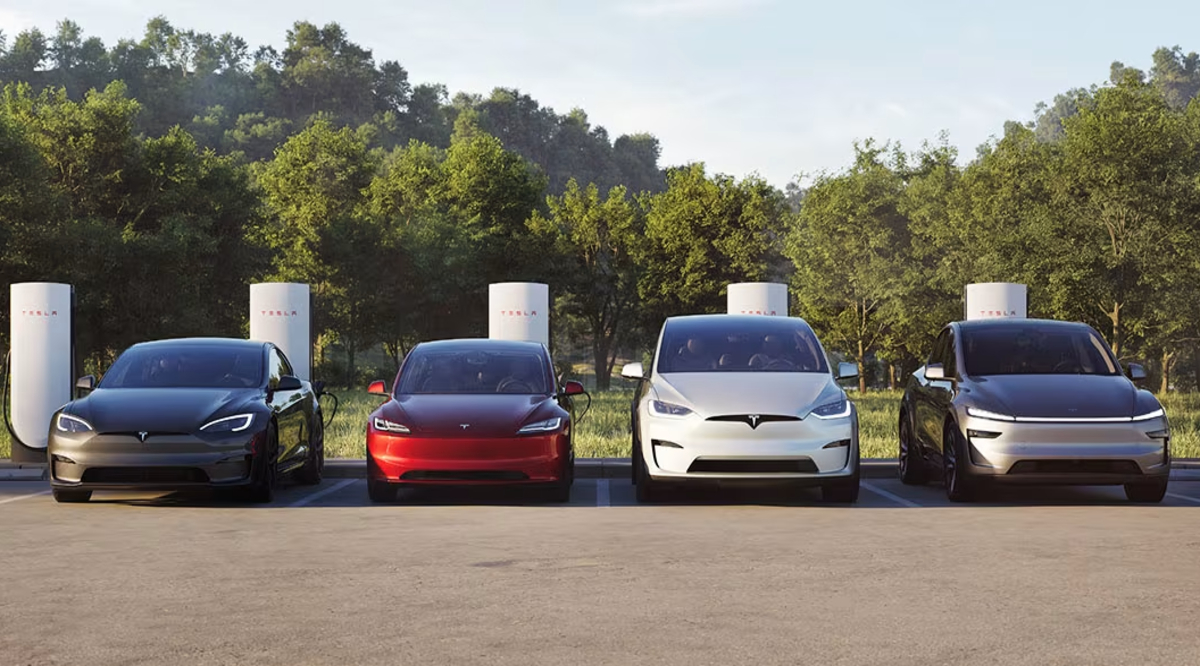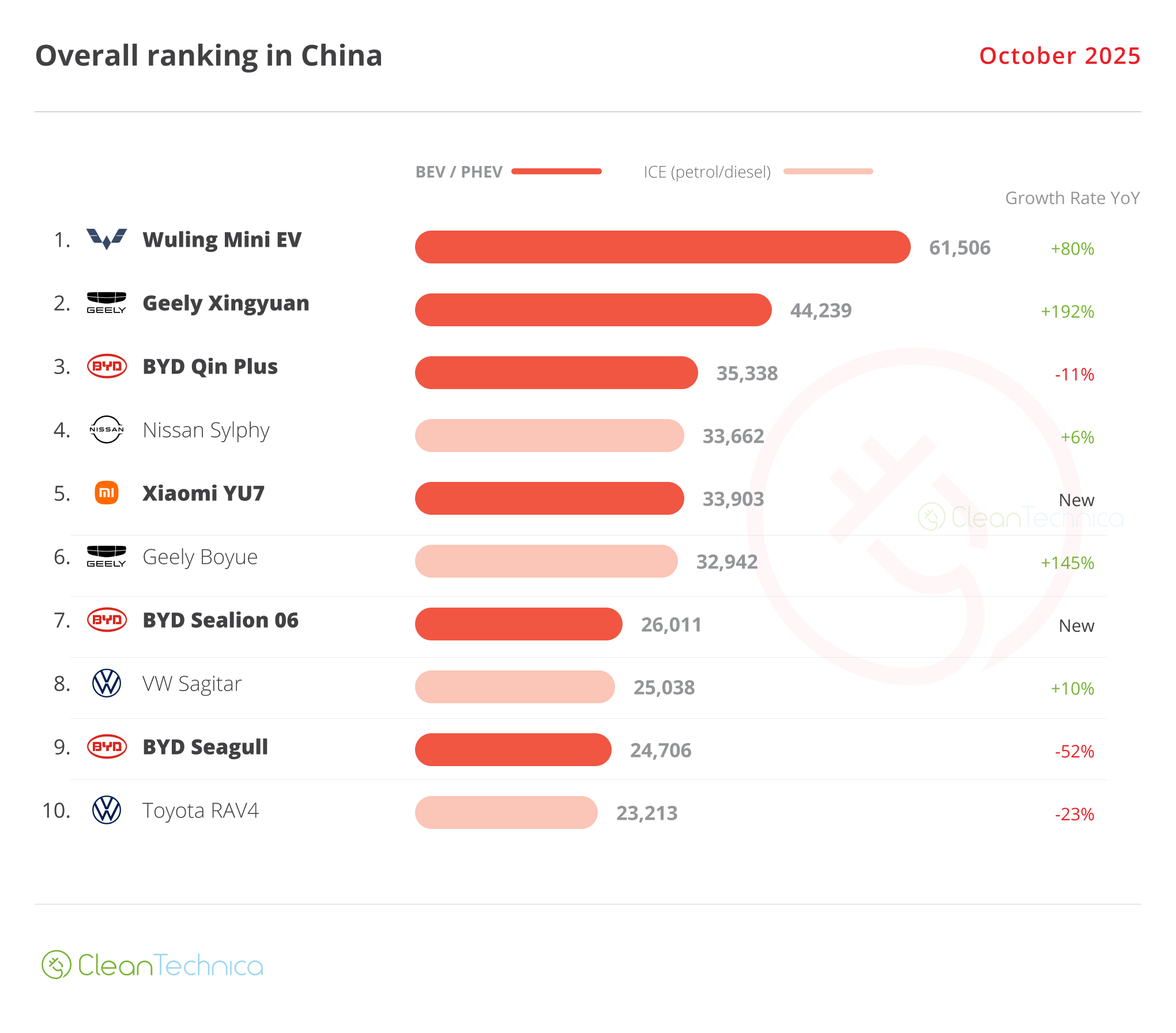
Sign up for daily news updates from CleanTechnica on email. Or follow us on Google News!
Volvo Trucks Australia plans to commence making electric prime movers in Queensland, Australia, in late 2027 and early 2028. In the meantime, as well as importing their electric prime movers into the Australian market to haul ass, they are also bringing in electric construction equipment to move the earth.
The importation of BEV semis is being supported by ARENA (Australian Renewable Energy Agency) grants. My contact at Volvo tells me: “The Arena grants have been awarded to companies that have also brought other brands of electric truck along with Volvo as well as charging infrastructure and energy storage. To date we’ve delivered 84 Volvo electric trucks (prime mover and rigid) in Australia as well as 53 electric buses and 2 electric construction machines. We have a strong order book for electric trucks, buses and machines for delivery over the next 12 months.”
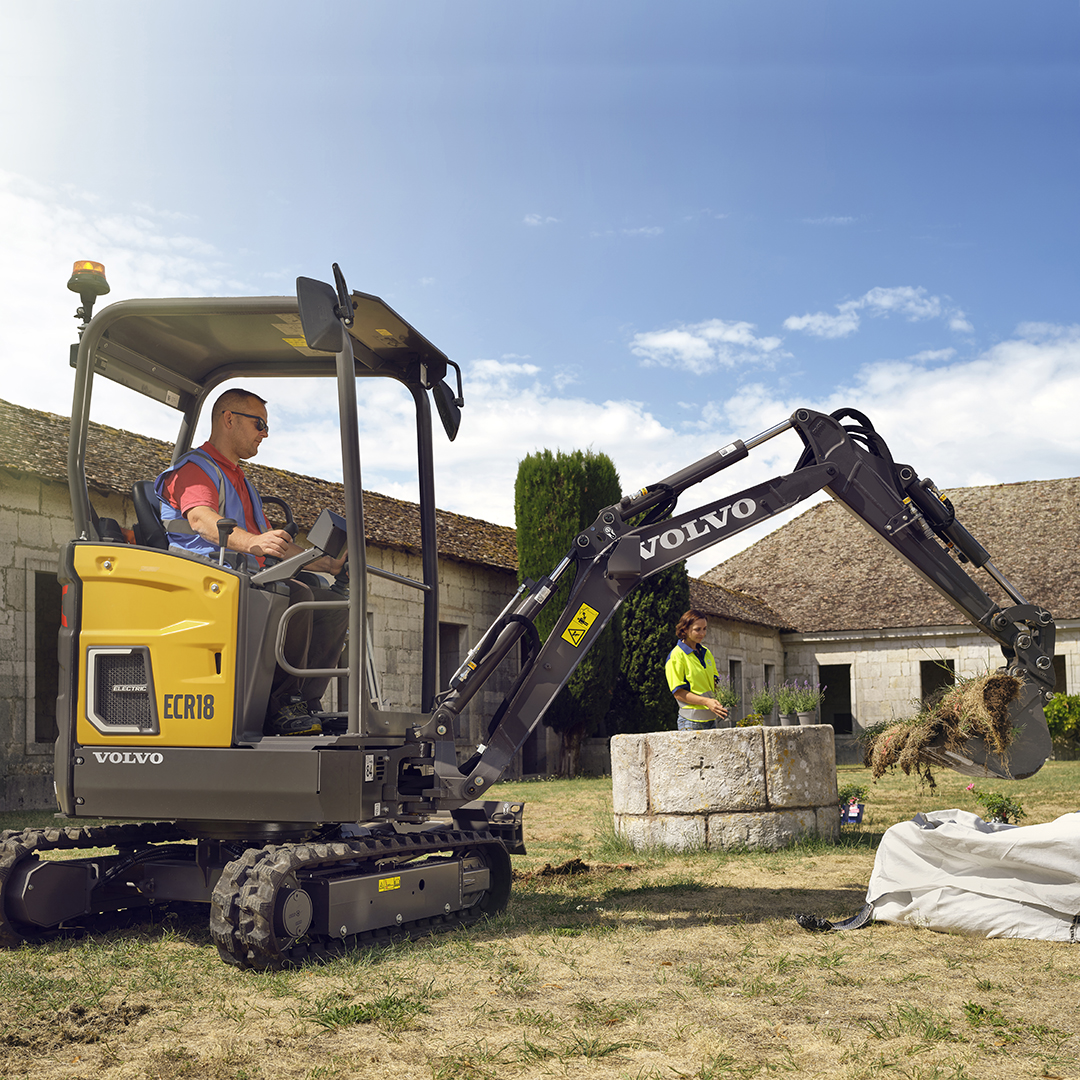
He specifically mentioned a compact wheel loader and a 2/5 ton excavator. On my request, he graciously provided some photos. More photos are available here.
Volvo CE’s electric equipment consists of 5 compact models: Volvo ECR25 Electric, Volvo ECR18 Electric, Volvo EC18 Electric, Volvo L25 Electric, and Volvo L20 Electric.
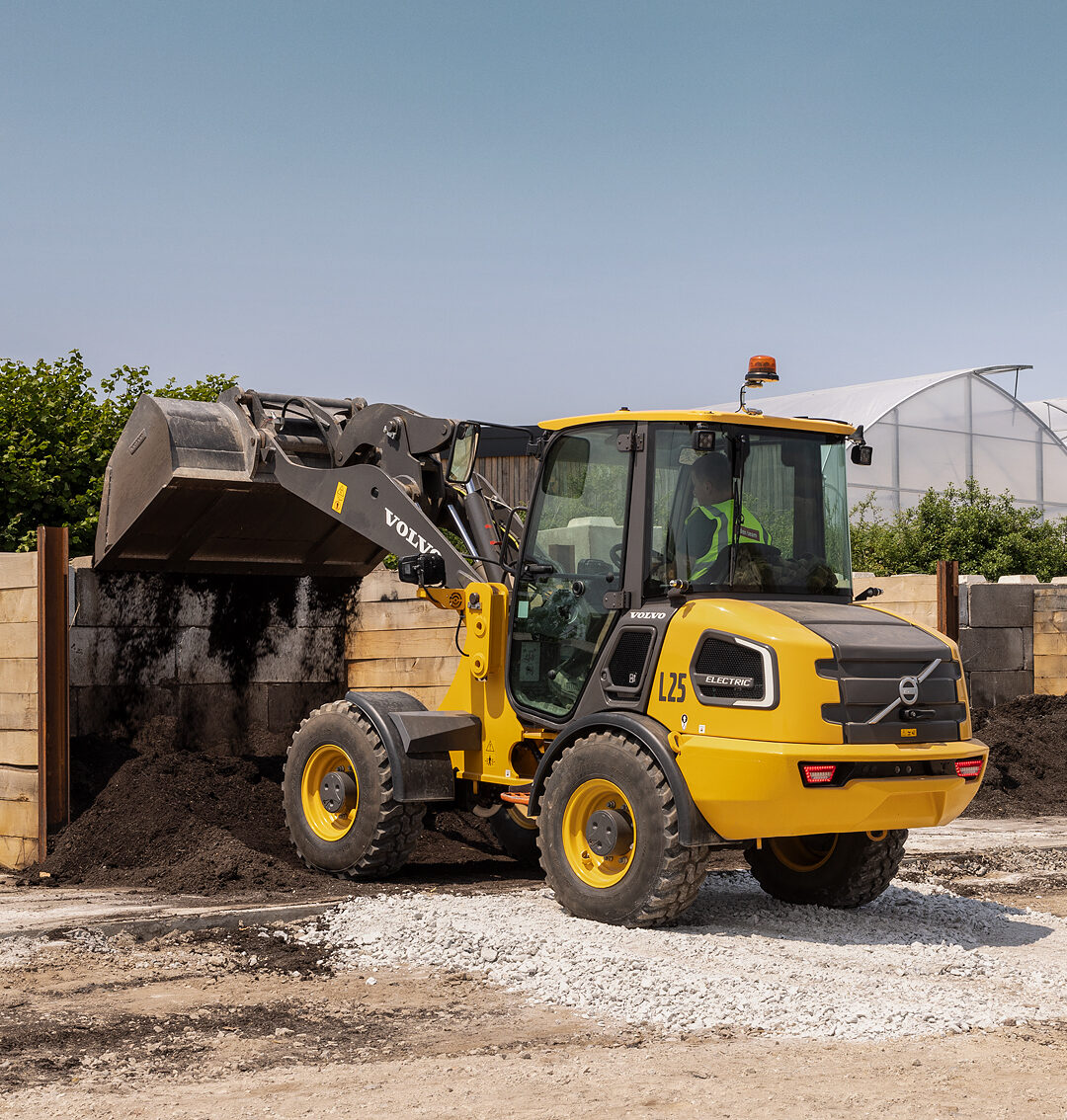
A quick gander at their frequently asked questions page shows construction companies looking to purchase Volvo equipment are asking the same questions as drivers of electric cars. Why go electric? What happens to the dead batteries? Is the mining of battery materials causing harm? How do you charge it? How long does it last? etc.
Volvo states that its electric construction equipment has a reduced environmental impact compared with fossil fuelled versions, especially when charged from renewable energy. No exhaust fumes, no noisy engines. Electric motors are more efficient users of energy. Other drivers of change include carbon emissions regulations and Volvo’s customers’ CO2 reduction targets. Volvo CE continues to manufacturer its current range of “diesel compact machines.” Customers have choice as they navigate the transition and country-specific regulatory requirements. Volvo CE began developing electric technology in 1998.
And the dead batteries? Well, there aren’t that many to deal with yet, but Volvo CE has a plan for recycling and reuse once there are. They are working with waste contractors and others to find second-life possibilities — for example, stationary energy storage — and to maximize the recycling rate, just as carmakers are also doing. Volvo cites the example of Battery Loop where batteries from Volvo Cars are used for a solar-powered energy storage system to power BEVs and electric bikes at Swedish hygiene and health firm Essity’s business centre outside of Gothenburg.
Volvo CE is constantly assessing its supply chain to make sure that the scarce materials mined for battery production do not come from conflict zones. They do not want armed groups to benefit form the mining of heavy metals and rare earths. Volvo CE specifically targets tantalum, tungsten, tellur, gold, and cobalt. These are sometimes called “Conflict Minerals.” They also seek information about the smelters where these minerals are enriched. Recent news coming out about Malawi’s interference in the Democratic Republic of Congo and Trump’s interest in Ukraine’s mineral rich eastern provinces highlight the need for vigilance.
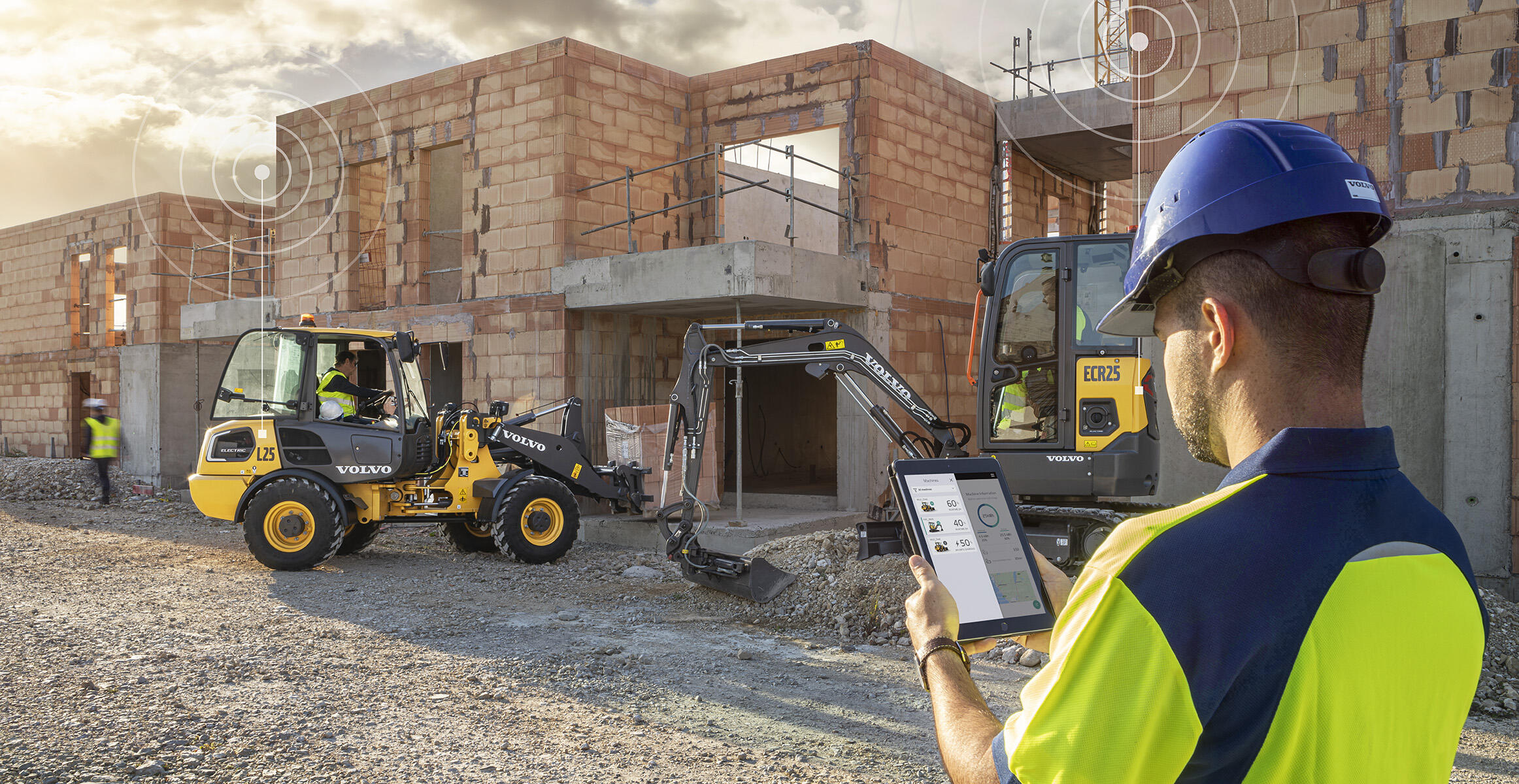
How do you recharge your loader or excavator? Volvo CE electric machines come with an onboard charger and the required plugs. You can even plug them into a normal household grid to charge the battery. Just like your car. Or a toaster. Fast charging is optional if a 3-phase supply is available. These examples are given of charging time: For the Loader “With the optional fast charging device (380V–420V three phase), it takes 1.5 hours for the L25 Electric to charge to a level of 80%. With the standard charger (220V–240V) which comes along with the machines, the L25 Electric takes 9.5 hours to charge to a level of 80%.”
The Excavator: “With the optional fast charging device (380V–420V three phase), it takes less than 1 hour for the ECR25 Electric to charge from 0% to a level of 80%. With the standard charger (220V–240V) which comes along with the machines, the ECR25 takes 6 hours to charge to a level of 80%.”
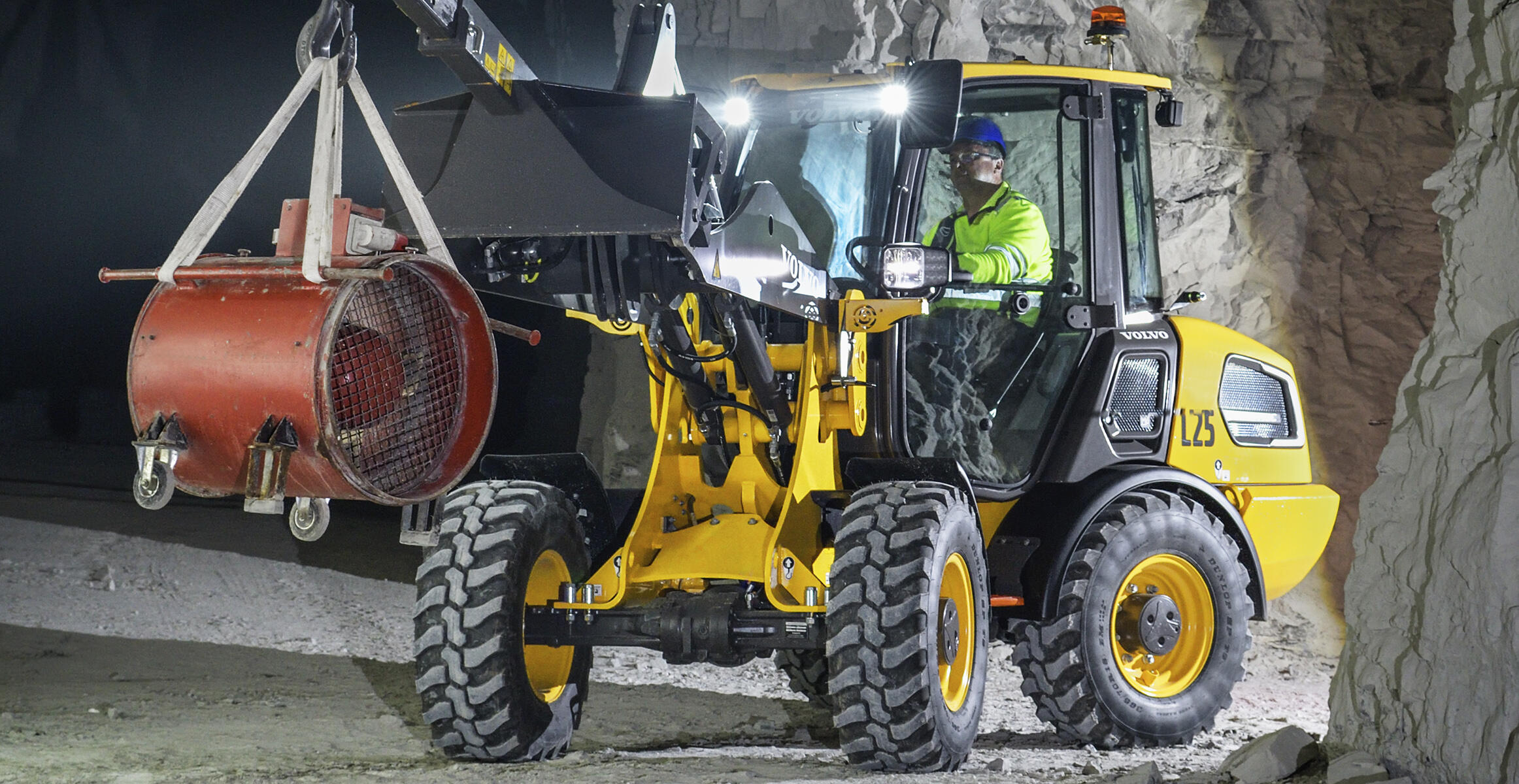
The batteries will outlast the machine! “The batteries in our electric construction equipment are designed to maintain a capacity of over 80% beyond the first life of the construction machine.” A comprehensive warranty is provided for 2 years or 2000 hours of work. Genuine Volvo parts must be used. The batteries have a 5-year, 5000-hour warranty. The batteries sit deep within the structure of the machine, making them difficult to steal.
Rather than ask about range, like people do with cars, what construction workers need to know is will the charge last out the shift? Volvo answers: “Depending on the type of job (application and intensity of the work cycle), with a typical stop-start working pattern, you can operate the machine [Loader] for up to an 8-hour working day with one single charge.” And, similarly with the excavator: “Depending on the type of job (application and intensity of the work cycle), with a typical stop-start working pattern, you can operate the machine for up to 4 hours with one single charge.”
The costs for electric construction equipment are reducing each year, as battery costs come down. Although the initial cost of an electric machine is slightly higher than its diesel equivalent, this is soon made up by the reduced operating costs. Electricity is generally cheaper than diesel. Volvo adds: “Electrical components, batteries and motors, are maintenance free.”
Can they handle the load as well as their diesel counterparts? “Volvo electric excavators and electric wheel loaders are designed to be used in the same applications as the equivalent diesel machines, like for example demolition, landscaping and utility work. Furthermore, the electric excavators and electric loaders are even better suited for environments and applications where noise, exhaust emissions or vibrations are a problem today, such as indoor demolition, farming or food processing applications.”
In fact, Volvo CE says that the specs are almost identical on power and performance, “… every diesel model spec applies to the electric models.” The electric models are based on conventional construction equipment design, only the electric components are different.
Volvo claims that the use of electrical construction equipment will enhance safety in the workplace. It is easier to communicate without the noise of diesel engines. The equipment comes with an optional white noise function. Workers can hear the machine without the noise level becoming a health issue.
It is great to see electrical equipment moving into the construction industry. Looks like it isn’t just Fortescue metals heading towards real zero! The future is bright, electric, and quiet!
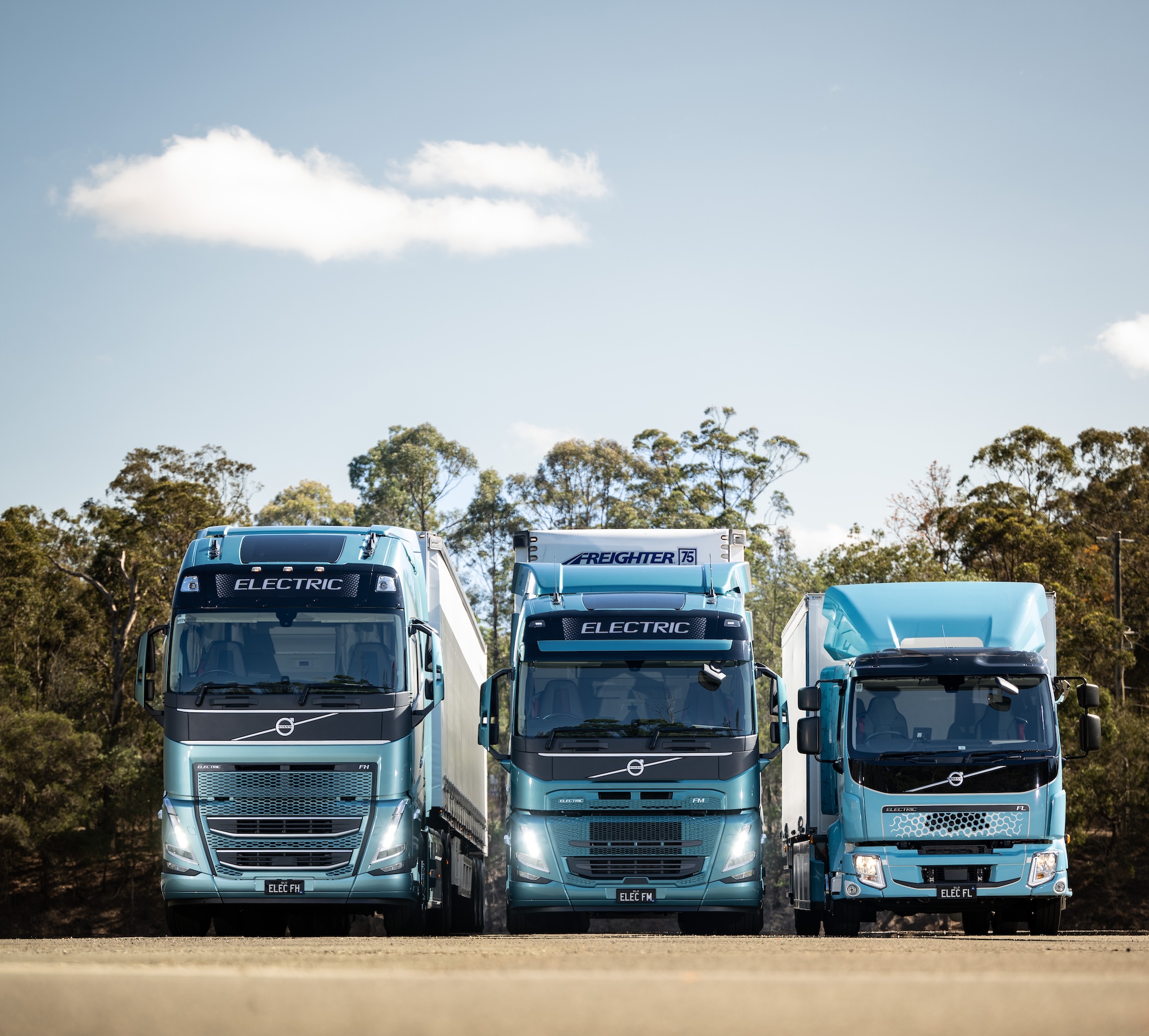
Chip in a few dollars a month to help support independent cleantech coverage that helps to accelerate the cleantech revolution!
Have a tip for CleanTechnica? Want to advertise? Want to suggest a guest for our CleanTech Talk podcast? Contact us here.
Sign up for our daily newsletter for 15 new cleantech stories a day. Or sign up for our weekly one if daily is too frequent.
CleanTechnica uses affiliate links. See our policy here.
CleanTechnica’s Comment Policy

